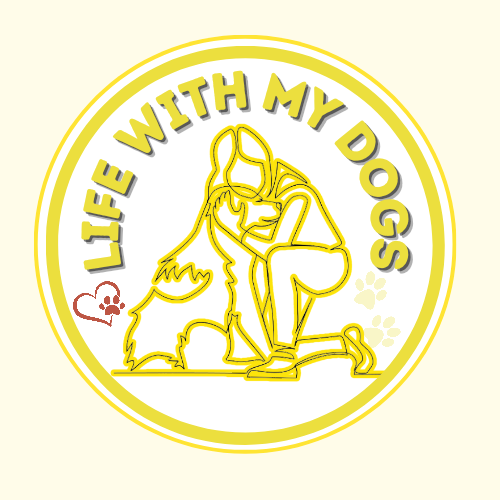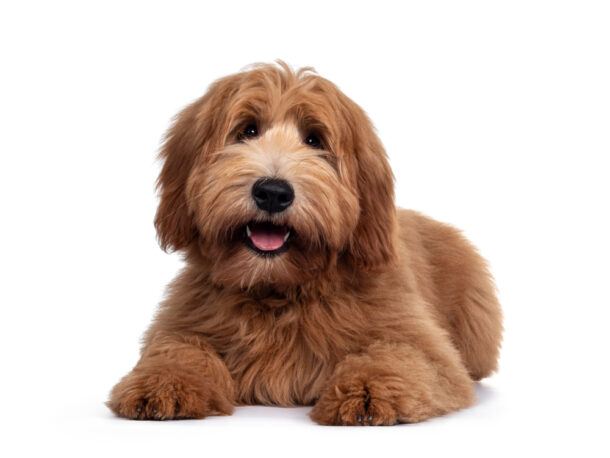LifeWithMyDogs is supported by our audience. When you purchase through one of our links, we may earn a small affiliate commission. As an Amazon Associate I earn from qualifying purchases. Your cost is not affected.
**********
How to foster a strong bond with your dog isn’t just about feeding and walking them; it’s about creating a deep connection that enriches both your lives. Ever wondered why your dog seems to understand you without words or how to navigate the challenges of multi-dog households? Let’s dive into the world of canine behavior, communication, and social dynamics to build a lasting bond with your furry best friend.
How to Foster a Strong Bond Between Your Dogs
Dogs are amazing companions. Building a strong bond with them can bring so much joy to our lives. I’ve found that creating a deep connection with my furry friends goes beyond just providing food and shelter.
It’s about creating a relationship based on trust, respect, and understanding. This bond not only makes our time together more enjoyable but also helps with training and behavior.

I’ve learned that spending quality time with my dogs is key to strengthening our bond. This can include daily playtime, training sessions, or simply cuddling on the couch.
I make sure to set aside dedicated time each day for my pups, even if it’s just a few minutes before work.
Consistency is crucial – dogs thrive on routine and feel secure when they know what to expect.
Another important aspect of bonding with my dogs is understanding their unique personalities and needs. Each dog is different, and what works for one might not work for another.
By paying attention to their body language and reactions, I can better respond to their needs and create a stronger human-canine bond.
Key Takeaways
- Spend quality time with your dog every day to build trust and strengthen your bond
- Learn to understand your dog’s unique personality and needs
- Create a positive environment through consistent routines and clear communication
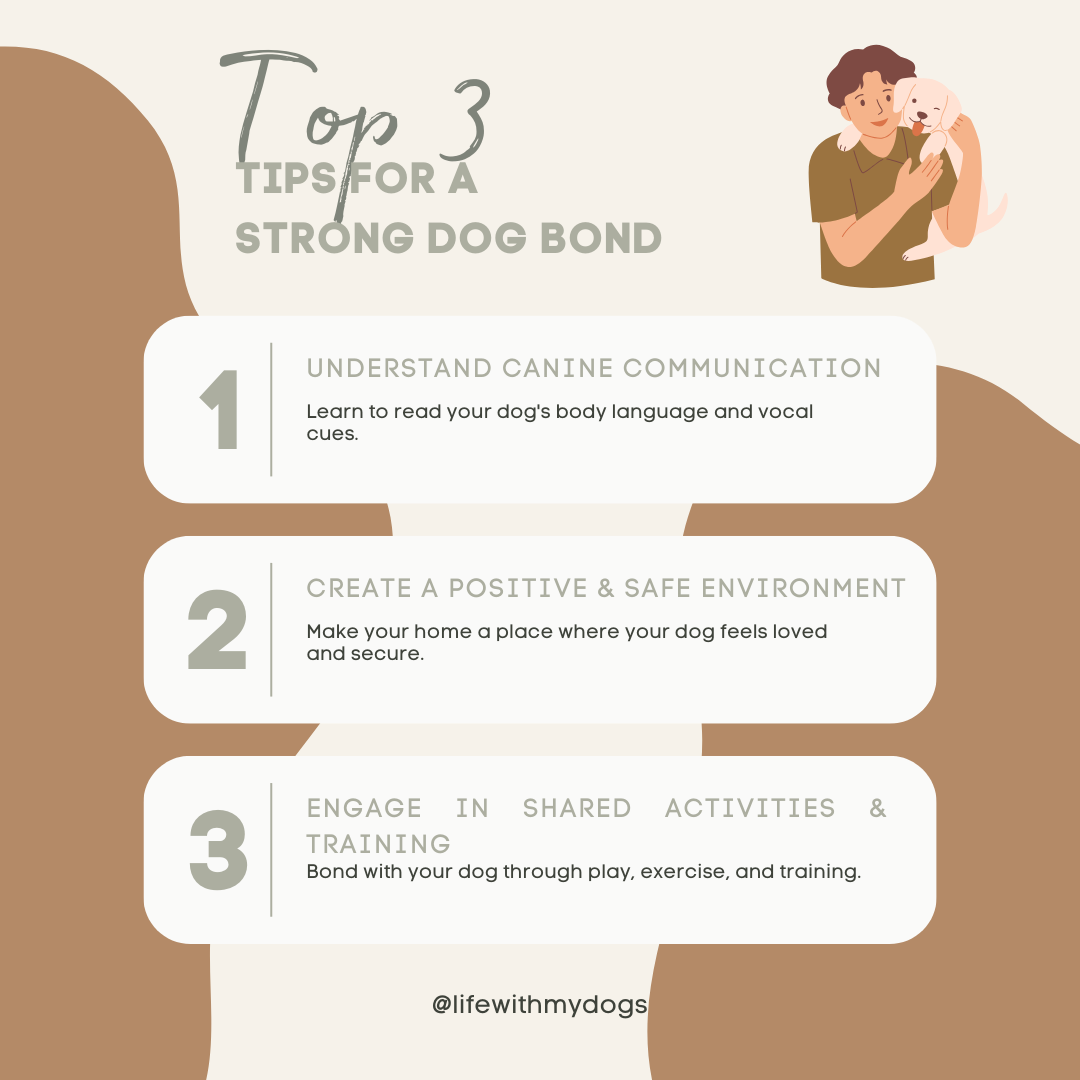
Understanding Canine Behavior
Dogs use body language and vocalizations to express themselves. They form social groups and have a critical period for learning about their environment. These factors shape how dogs interact with each other and with us.
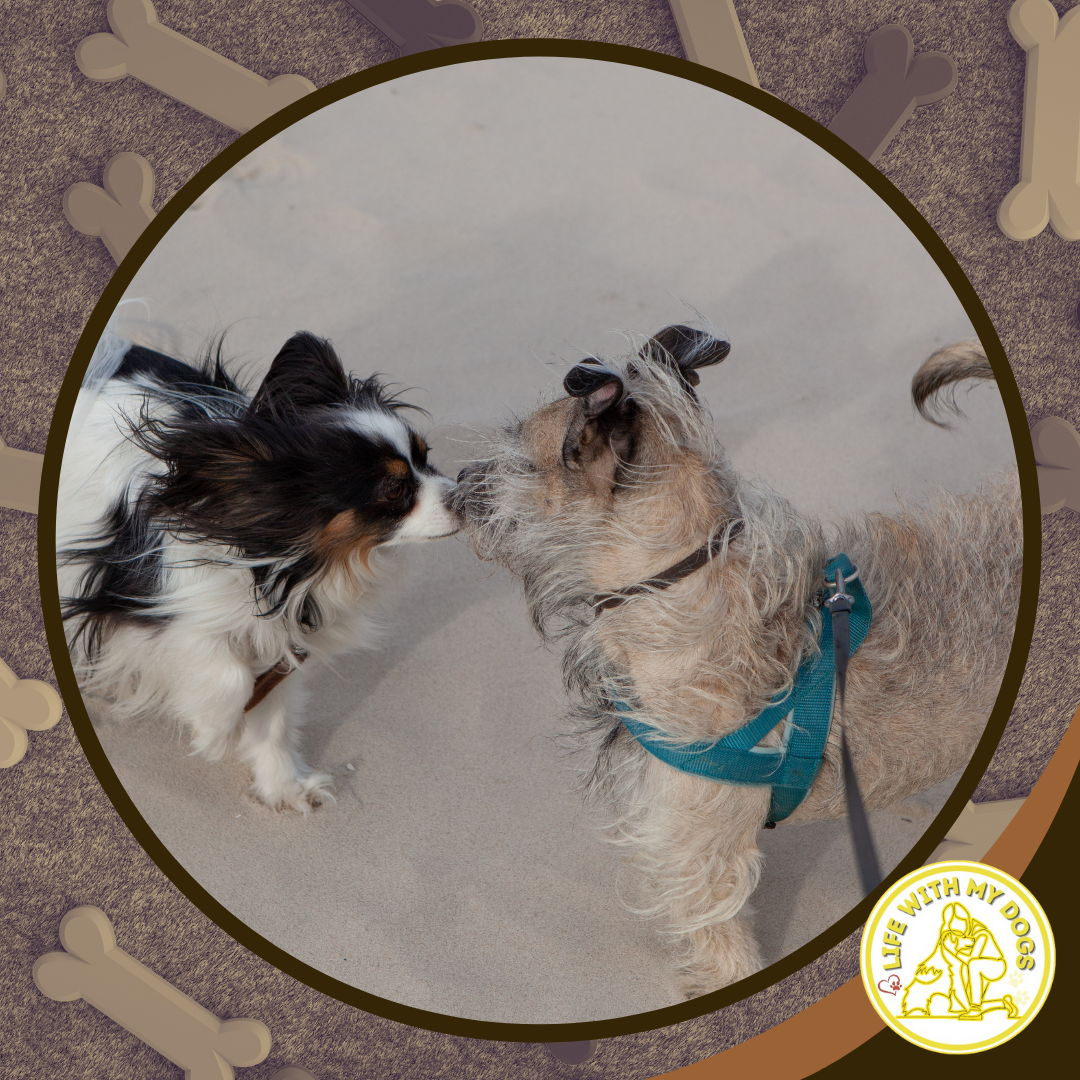
Communication Signals
I’ve noticed that dogs are great communicators. They use their tails, ears, and body postures to show how they feel.
A wagging tail doesn’t always mean a happy dog, so it’s important to look at the whole picture.
Dogs also use facial expressions to convey emotions. A relaxed, open mouth often means a content pup. Raised eyebrows or a wrinkled forehead can show interest or concern.
Vocalizations are another key part of dog language. Barks, growls, and whines all have different meanings.
I’ve learned that the pitch and frequency of these sounds can tell us a lot about what a dog is trying to say.
Pack Mentality
In my experience, dogs are social animals with a strong pack instinct. This comes from their wolf ancestors. Even in our homes, dogs often see us as part of their pack.
Pack behavior influences how dogs interact. They may establish a hierarchy, with some dogs taking on leadership roles.
This doesn’t mean dominating others, but rather guiding and protecting the group.
I’ve found that understanding pack dynamics can help me better manage multiple dogs.
It’s about creating a balanced environment where each dog feels secure in their role.
Socialization Period
The socialization period is a crucial time in a puppy’s life. It typically occurs between 3 and 16 weeks of age. During this time, puppies are most open to new experiences.
I make sure to expose puppies to a variety of people, animals, and environments during this phase. It helps them grow into well-adjusted adult dogs.
Proper socialization can prevent fear and aggression issues later in life.
I introduce puppies to different sights, sounds, and textures. This helps them become confident and adaptable.
Remember, socialization doesn’t stop after puppyhood. Continuing to expose dogs to new experiences throughout their lives keeps them happy and well-balanced.
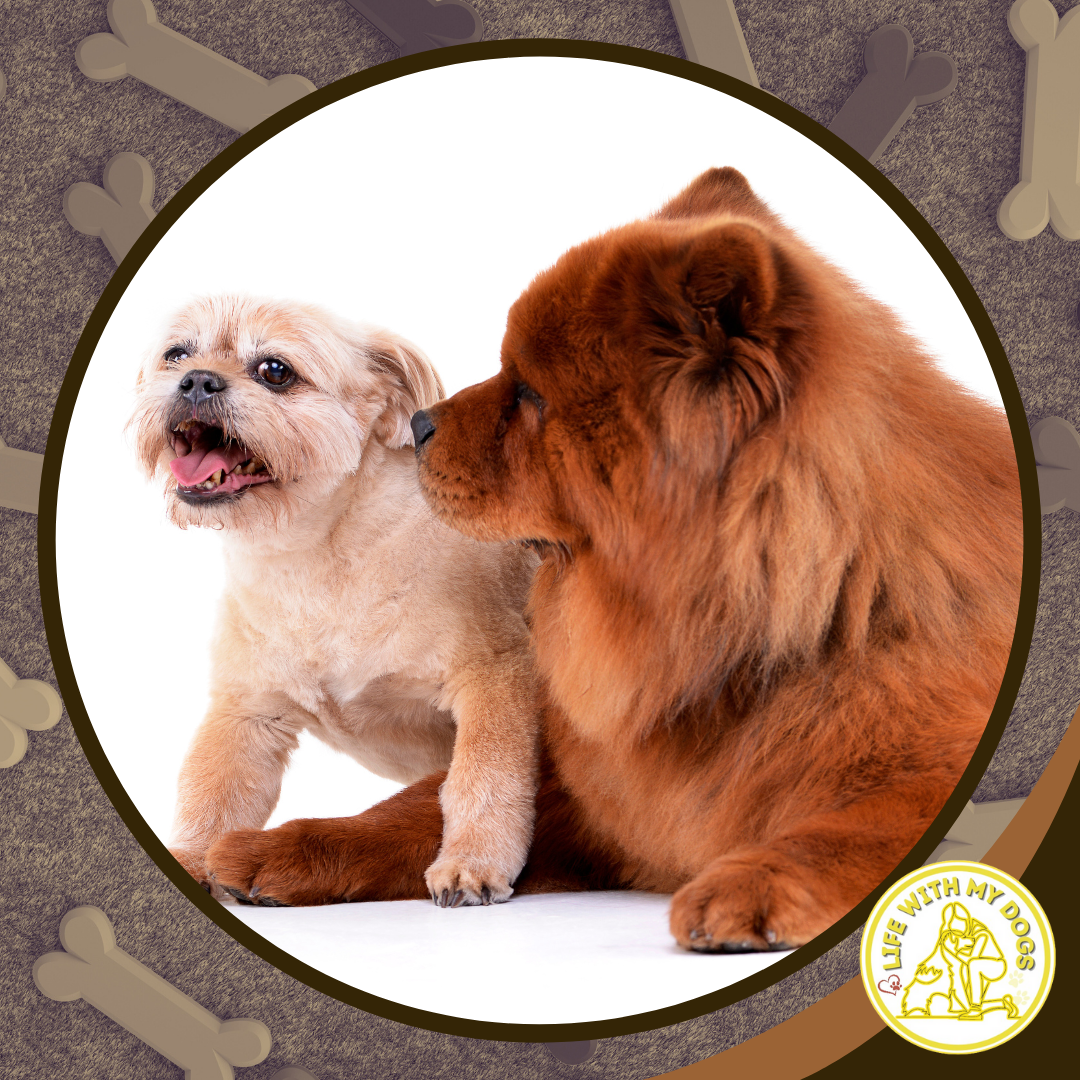
Creating a Positive Environment
A happy home for multiple dogs needs the right setup. I’ll show you how to make safe spaces, create routines, and help your dogs live together peacefully.
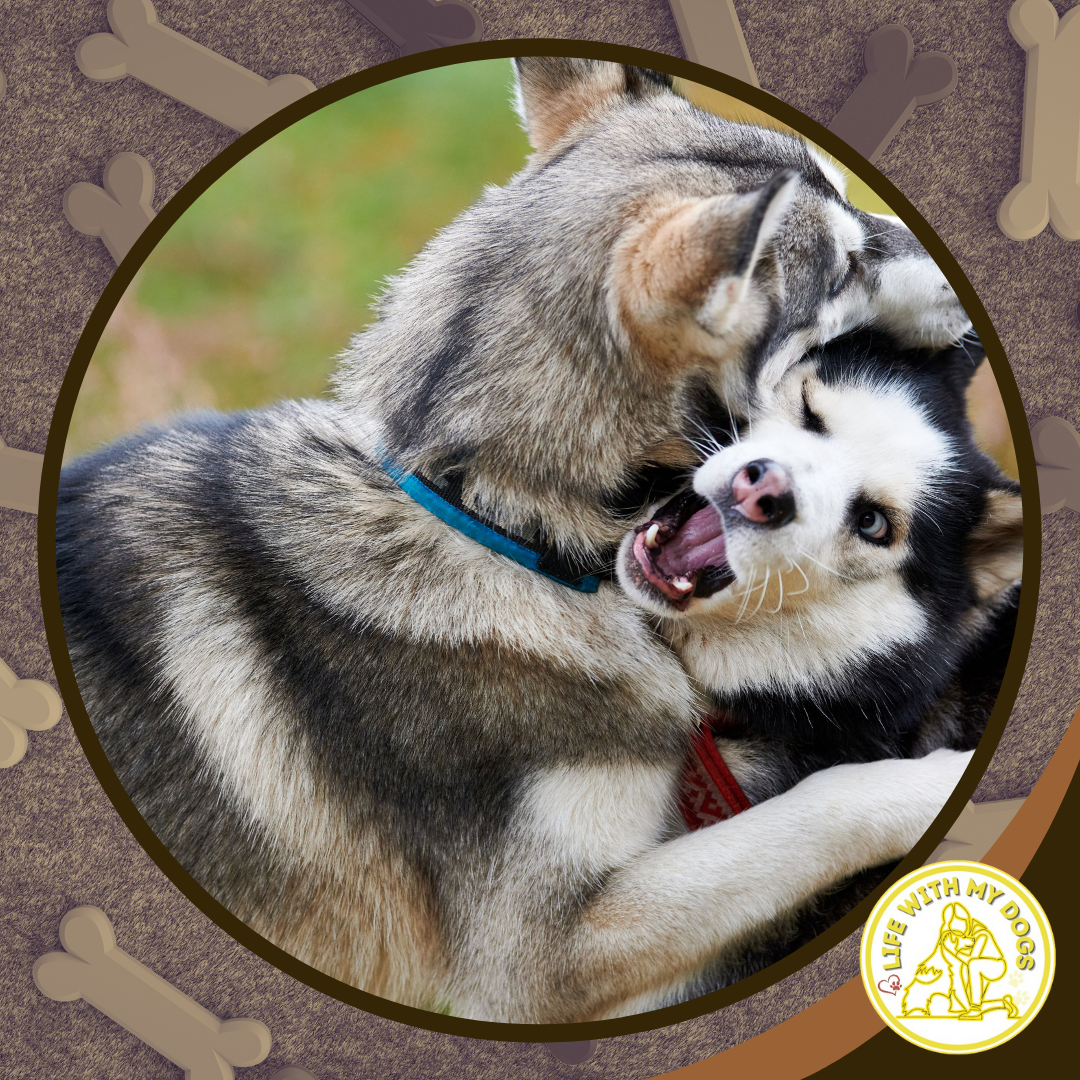
Safe Spaces
I always make sure each of my dogs has their own special spot. This can be a comfy bed, crate, or corner of a room. It’s their place to relax and feel secure.
I put these spaces in quiet areas of the house. This way, my dogs can retreat when they need alone time.
I teach my other pets and family members to respect these spaces. No one bothers a dog in their safe spot.
I also make sure there are enough toys and chews for everyone. This cuts down on fights over resources.
Routine and Structure
I keep a consistent daily schedule for my dogs. This includes set times for meals, walks, and playtime.
Regular exercise is key. I take my dogs on walks or to the park every day. This helps burn off energy and keeps them happy.
I make time for training sessions with each dog. This strengthens our bond and reinforces good behavior.
I also have a bedtime routine. This might include a final potty break and some quiet cuddle time.
Peaceful Co-Existence
I always supervise my dogs when they’re together, especially at first. This lets me step in if there’s any tension.
I reward my dogs for calm, friendly behavior around each other. Treats and praise work wonders!
I make sure each dog gets one-on-one time with me. This prevents jealousy and strengthens our individual bonds.
If there’s conflict, I stay calm and redirect their attention. I never punish them for not getting along.
I also respect each dog’s personality. Some may prefer more interaction, while others need more space.
Introducing Dogs to Each Other
Meeting new dogs can be exciting for our furry friends. A smooth introduction helps build positive relationships between dogs. I’ll share some key tips to make these first encounters go well.
Neutral Territory
Neutral ground is ideal for dog introductions. I like to use a park or a friend’s yard where neither dog feels territorial. This helps prevent conflicts over space.
I keep both dogs on leashes at first. It gives me more control over the situation. I start with the dogs about 20 feet apart and let them see each other.
I watch their body language closely. Relaxed, wagging tails are good signs. If I see stiff postures or growling, I increase the distance between them.
Controlled Meeting
I use a parallel walking technique for the first close encounter. The dogs walk side by side but with some space between them. This lets them get used to each other’s presence.
I keep the walk short at first – maybe 5-10 minutes. I make sure to give both dogs lots of praise and treats. This creates a positive association with being near each other.
If things go well, I might let them sniff each other briefly. But I’m ready to separate them if needed. I never force interactions if either dog seems uncomfortable.
Monitoring Interactions
After the initial meeting, I watch the dogs closely as they spend more time together. I look for signs of stress or aggression, such as growling, snapping, or excessive barking.
I make sure to give each dog their own space and resources. This means separate food bowls, toys, and resting areas. It helps prevent arguments over these items.
I keep initial play sessions short – maybe 15-20 minutes. I always supervise their time together. If play gets too rough, I calmly separate the dogs and let them calm down.
Building the Bond
Creating a strong connection with your dog takes time and effort. I’ve found that engaging in fun activities, training sessions, and mealtime rituals can really bring you closer together.
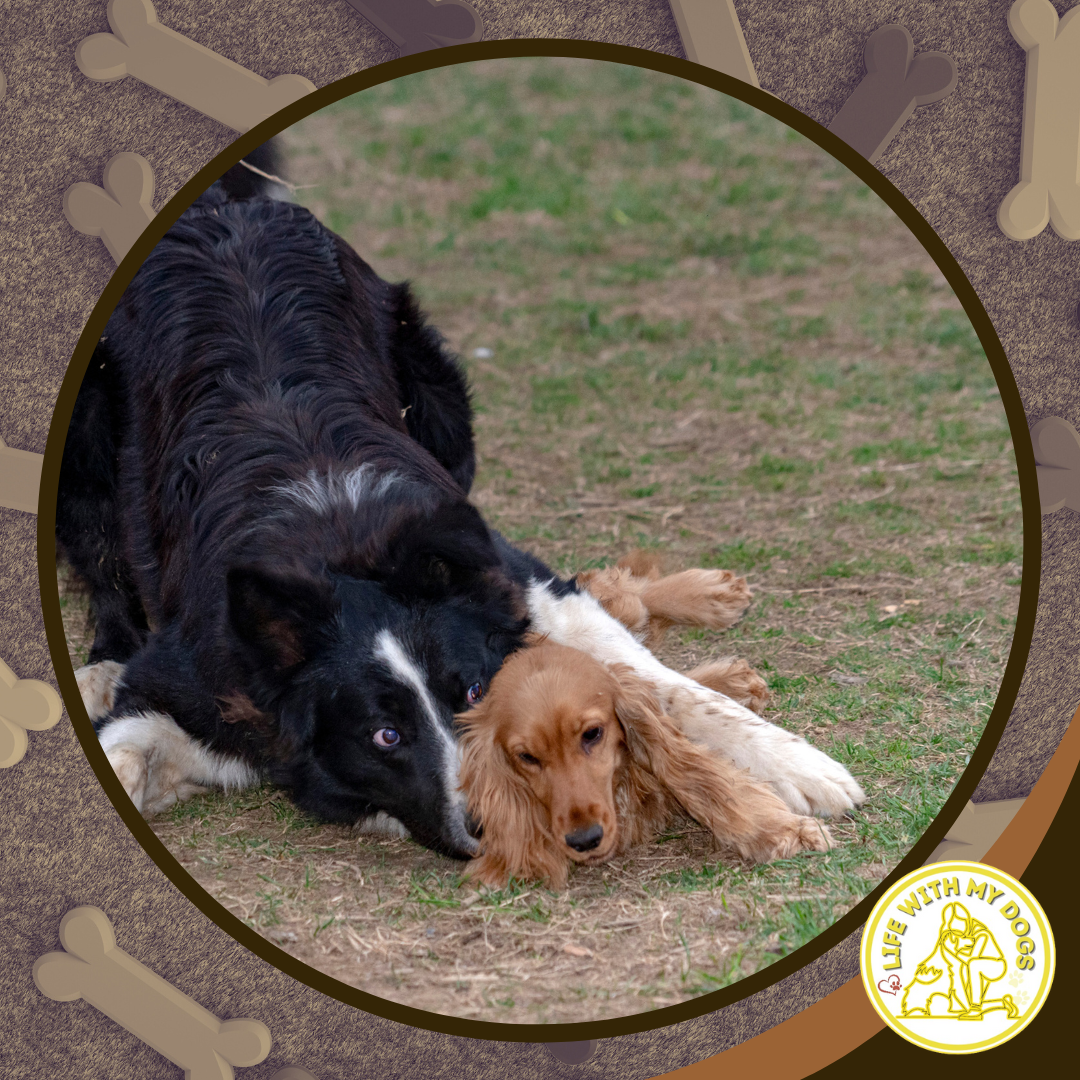
Shared Activities
I love going on adventures with my pup. We take long walks in nature, play fetch at the park, or just cuddle on the couch. These shared experiences help us understand each other better.
I also enjoy playing hide-and-seek indoors. It’s a great way to keep my dog mentally stimulated and reinforce our bond.
For a change of pace, I sometimes take my dog to pet-friendly cafes or stores. These outings expose them to new sights and smells while keeping me close for security.
Training Together
Training sessions are perfect for strengthening our connection. I use positive reinforcement techniques to teach new tricks and reinforce good behavior.
I keep training sessions short and fun – about 5-10 minutes a few times a day. This prevents boredom and keeps my dog eager to learn.
I’ve found that clicker training works well for us. The clear communication helps build trust and understanding between us.
Practicing obedience commands like “sit”, “stay”, and “come” not only improves behavior but also reinforces my role as a leader and provider.
Feeding and Treats
Mealtime is a great opportunity to bond. I make feeding an interactive experience by using puzzle toys or slow feeders. This engages my dog’s mind and extends our time together.
I sometimes hand-feed my dog to reinforce our connection. This builds trust and shows that good things come from me.
When giving treats, I use them as rewards for good behavior or during training. This creates positive associations with me and strengthens our bond.
I’m careful not to overfeed, though. A healthy diet keeps my dog feeling good, which in turn improves our relationship.
Maintaining Harmony
Keeping peace between your dogs takes effort and awareness. I’ve found that watching their body language, managing resources, and providing ongoing supervision are key to a harmonious home.
Observing Body Language
I always pay close attention to how my dogs communicate with each other. Raised hackles, growling, or stiff postures can signal tension.
I look for relaxed, wiggly body language and playful behavior as signs they’re getting along well.
Tail position is important too. A high, stiff tail may mean dominance, while a low, tucked tail shows fear. I make sure to intervene if I see signs of aggression or discomfort.
Positive reinforcement works wonders. When my dogs interact calmly, I praise them and give treats. This encourages more friendly behavior between them.
Managing Resources
I’ve learned that managing resources is crucial for preventing conflicts.
Each dog gets their own food bowl, bed, and toys. I feed them separately to avoid competition over meals.
High-value items like bones or special treats can spark arguments. I only give these when the dogs are in separate areas. This prevents resource guarding and keeps everyone happy.
I make sure each dog gets individual attention from me. One-on-one playtime and training sessions help prevent jealousy. It’s also a great way to strengthen my bond with each of them.
Ongoing Supervision
I never leave my dogs unsupervised when they’re together, especially in the beginning. This lets me catch and redirect any unwanted behavior quickly.
As they become more comfortable with each other, I gradually increase their time together. But I always stay alert and ready to step in if needed.
I create positive experiences for them as a pair. Joint walks, car rides, or backyard play sessions help them associate good things with being together.
If tensions arise, I calmly separate them and give them a chance to cool down. I’ve found that forcing interactions rarely works and can make things worse.
Resolving Conflicts
When my dogs don’t get along, I stay calm and take action. If needed, I separate them to cool off. I never punish them for fighting, as this can make things worse.
Instead, I redirect their energy to positive activities. Playing fetch or going for a walk can help release tension.
I make sure to give each dog equal attention and resources. This helps prevent jealousy and competition.
Training is key. I teach my dogs a strong “Leave it” command. This helps me stop conflicts before they start.
I also set clear rules and boundaries. Consistency is important in managing multiple dogs.
When introducing new dogs, I do it in a neutral area. This prevents territorial behavior.
I keep a close eye on their interactions. If I see signs of stress, I intervene early.
Positive reinforcement works wonders. I reward my dogs for friendly behavior towards each other.
If conflicts persist, I consider potential health issues. Sometimes, medical problems can cause aggression. A vet check can rule these out.
Health and Wellness
A healthy dog is a happy dog. Taking care of your furry friends’ physical well-being is key to building a strong bond. Let’s look at some important aspects of keeping your dogs in top shape.
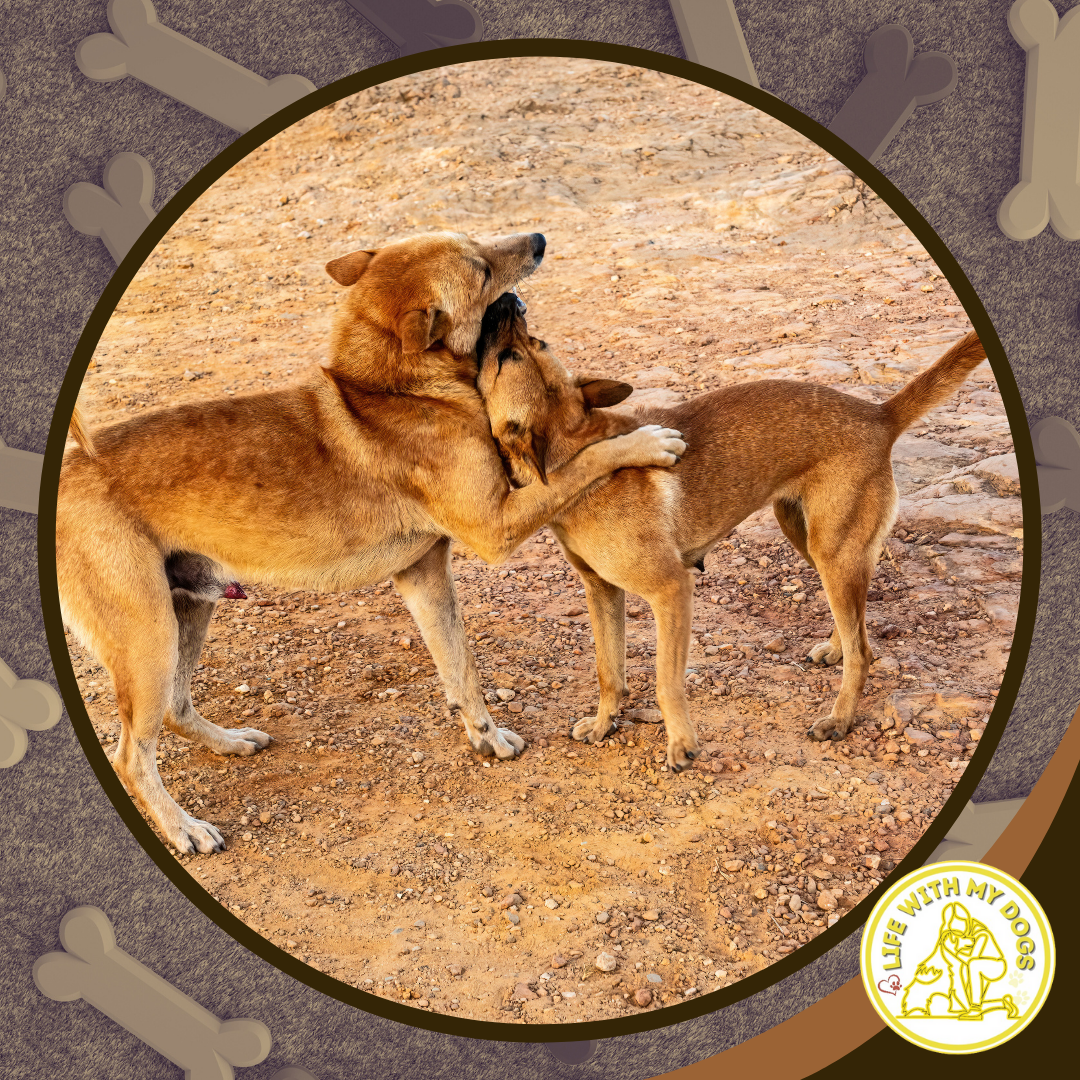
Regular Vet Visits
I always make sure to schedule check-ups for my dogs at least once a year. These visits help catch any potential health issues early.
During these appointments, the vet checks their weight, teeth, and overall condition.
I also use this time to ask questions about my dogs’ behavior or any concerns I might have. It’s a great opportunity to learn more about keeping them healthy.
Staying up-to-date on vaccinations and preventative treatments is crucial. I keep a calendar to track when it’s time for flea, tick, and heartworm prevention.
Exercise and Diet
I’ve found that a good exercise routine keeps my dogs fit and happy.
Daily walks are a must, but I also mix it up with games like fetch or tug-of-war. This playtime strengthens our bond and keeps them mentally stimulated.
For longer outings, I take my dogs to the park or on hikes. It’s a great way to expose them to new sights and smells.
A balanced diet is just as important as exercise. I feed my dogs high-quality food that meets their nutritional needs.
I’m careful with portions to maintain a healthy weight.
Treats are great for training, but I limit them to avoid overfeeding. Fresh water is always available to keep my pups hydrated.
Continuous Improvement
Strengthening the bond between your dogs is an ongoing process. It requires dedication and adaptability as your furry friends grow and change over time.
Ongoing Training
I’ve found that regular training sessions are key to maintaining a strong bond between dogs.
Even if they’ve mastered basic commands, I like to introduce new tricks or challenges. This keeps their minds active and reinforces their connection.
I make sure to practice obedience commands with both dogs together. This helps them work as a team and strengthens their bond.
I use positive reinforcement, rewarding them with treats or praise when they cooperate.
Interactive toys are great for ongoing learning.
I use puzzle toys that challenge my dogs’ problem-solving skills. This mental stimulation prevents boredom and destructive behaviors.
Adapting to Changes
As dogs age or face new situations, I adjust my approach to keep their bond strong.
I pay close attention to any changes in their behavior or interactions with each other.
If one dog develops health issues, I make sure to give them extra care without neglecting the other.
I create special bonding moments for the healthy dog to prevent jealousy.
When introducing new elements to our routine, like a move or a new family member, I make sure both dogs feel secure.
I maintain their usual activities and give them plenty of attention during transitions.
I also strengthen their individual obedience during times of change. This helps maintain a calm environment and prevents tension between them.
How to Foster a Strong Bond That Lasts
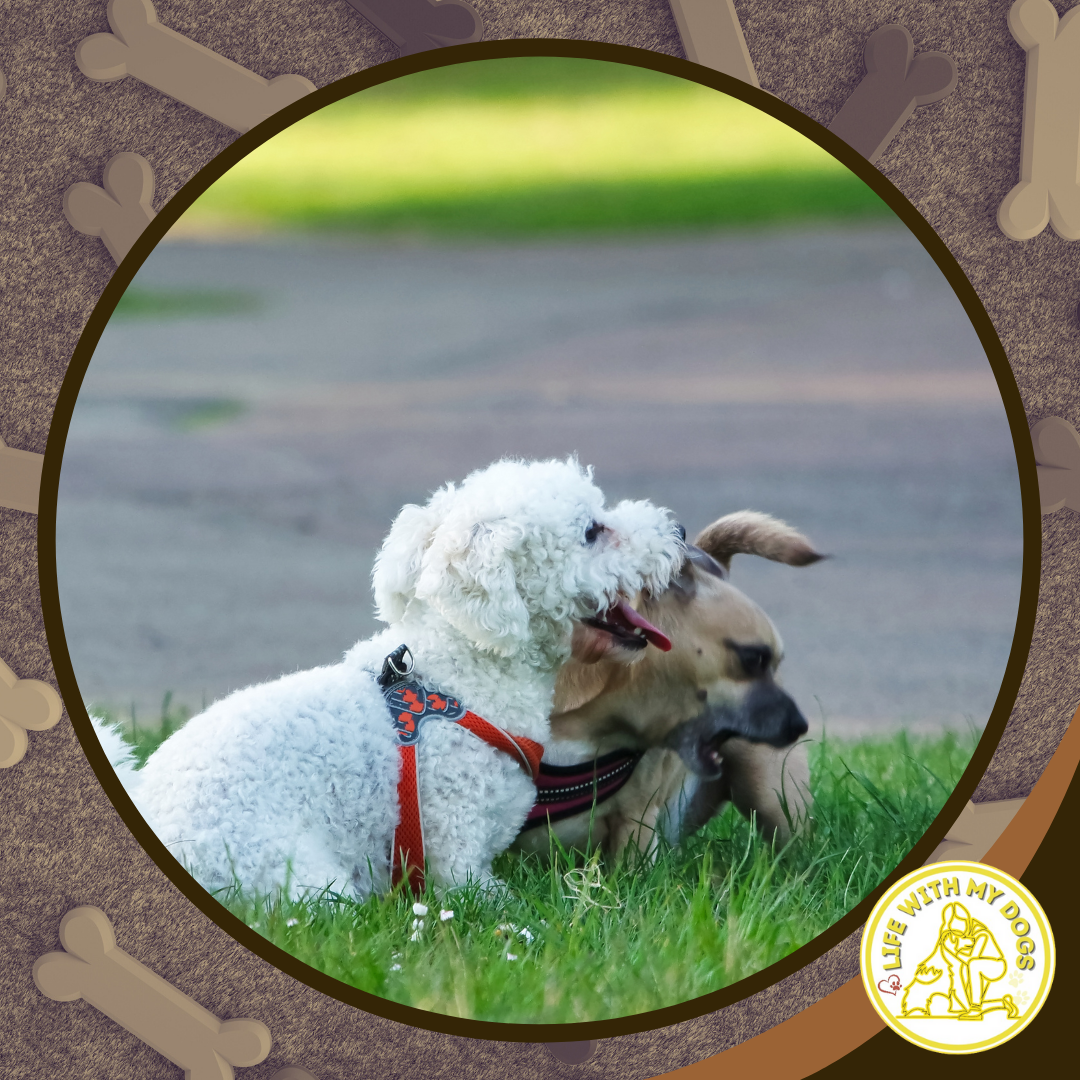
Building a deep connection with your dog is a rewarding journey filled with shared experiences and mutual understanding. By understanding their unique personalities, creating a nurturing environment, and practicing consistent training, you can strengthen your bond and create a truly fulfilling partnership. Remember, every dog is different, so personalize your approach and celebrate the special connection you share.
Frequently Asked Questions

Let’s tackle some common questions about fostering strong bonds between dogs. I’ll cover activities, signs of bonding, and how to handle challenges when introducing new pets.
What activities can help improve the bond between my two dogs?
I recommend playing group games like fetch or tug-of-war. These activities encourage teamwork and shared fun.
Going on walks together also helps dogs bond through shared experiences.
Mutual grooming is another great bonding activity. I suggest letting your dogs groom each other, as it builds trust and closeness.
How can I tell if my dog has formed a strong bond with me?
I look for signs like my dog following me around the house or seeking physical contact.
A bonded dog will often lean against me or rest their head on my lap.
Eye contact is another good indicator. If my dog maintains eye contact, it shows trust and connection. I also notice if my dog gets excited when I come home.
What should I do if one dog isn't accepting of another?
I start by giving each dog their own space. Forcing interactions can make things worse.
I use positive reinforcement when they’re calm around each other.
Supervised interactions are key. I keep these short at first and gradually increase the time. If tensions arise, I calmly separate them without punishment.
What are some signs that puppies are starting to bond with their human?
I watch for puppies that eagerly approach me and seek attention. Tail wagging and a relaxed body posture are good signs.
Puppies that follow me around are likely starting to bond.
Eye contact is important here too. If a puppy looks at me often, it’s a sign of trust. I also notice if they’re comfortable falling asleep near me.
How much time does it usually take for a new dog to bond with an existing pet?
In my experience, it varies greatly. Some dogs bond within a few days, while others may take months.
I’ve found that patience is key during this process.
I focus on creating positive associations between the dogs. Treats, toys, and calm praise help. I don’t rush things and let the dogs set the pace.
What are effective ways to strengthen the relationship with my dog?
I find that consistent training is crucial. It builds trust and communication. I use positive reinforcement methods to make training enjoyable for both of us.
Quality time is essential. I set aside time each day for play and cuddles. I also make sure to respect my dog’s boundaries and individual personality.
Pawsome Content Awaits!
Looking for more ways to connect with your furry best friend? Join our vibrant dog community on social media!
- Facebook: Life With My Dogs – Share stories, swap tips, and get inspired by other dog parents.
- Instagram: @lifewithmydogs2 – Follow along for adorable pup pics, training inspiration, and fun activities.
- Pinterest: Life With My Dogs – Discover endless dog-related inspiration, from DIY toys to delicious recipes.
- YouTube: Life With My Dogs [invalid URL removed] – Watch expert training videos, heartwarming stories, and playful dog vlogs.
- lifewithmydogs.com: Visit our website for in-depth articles, product reviews, and all things dog!
